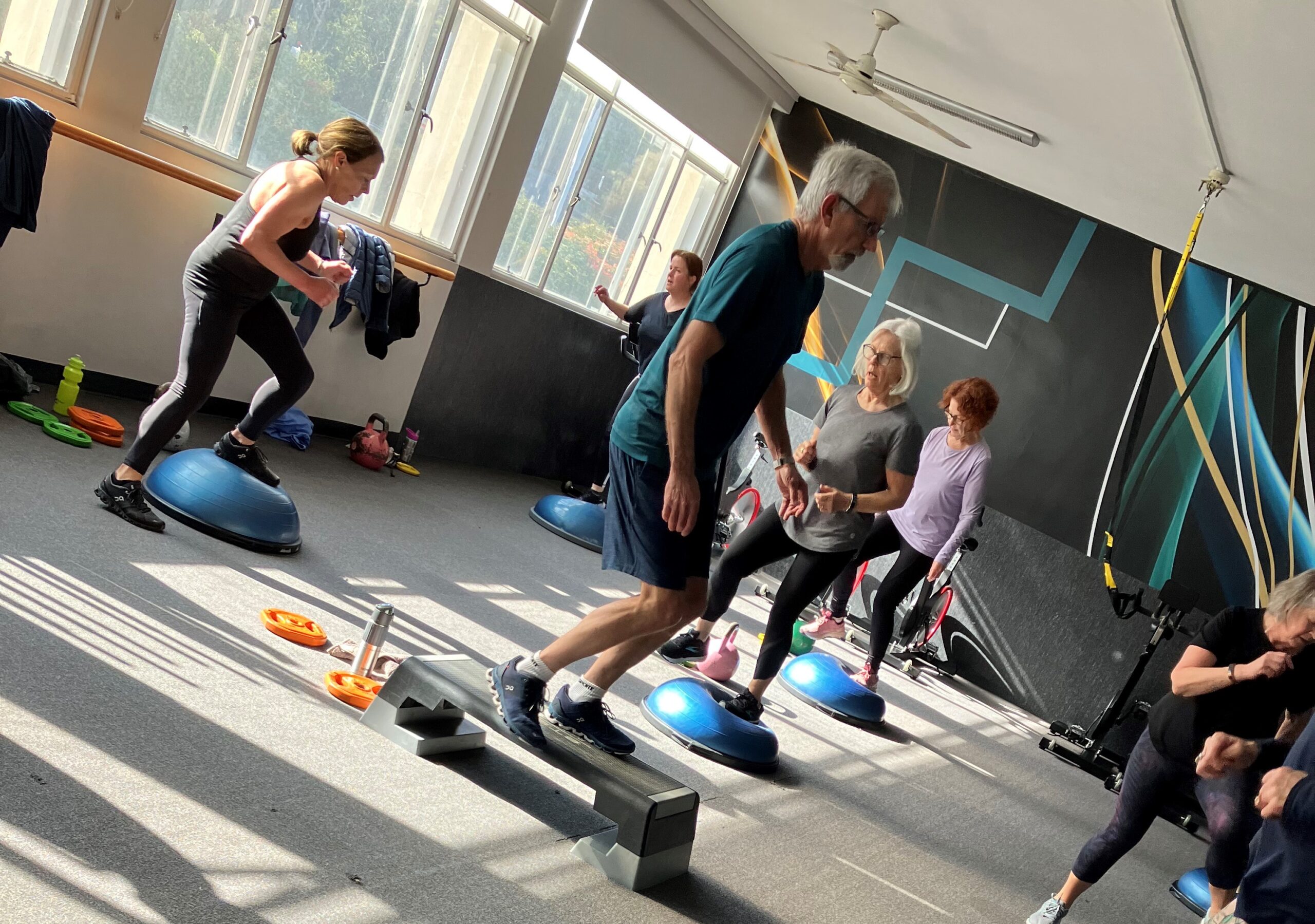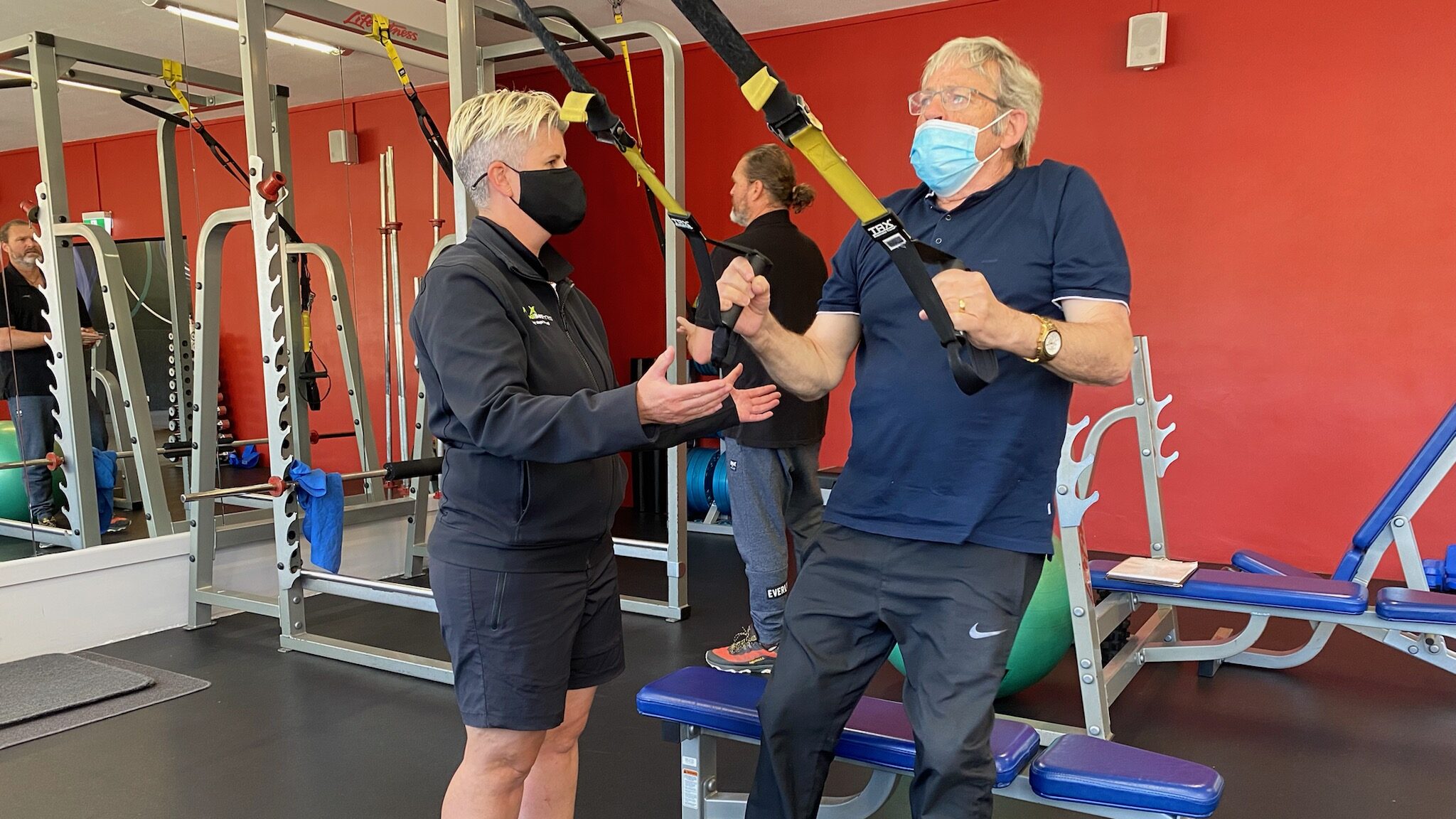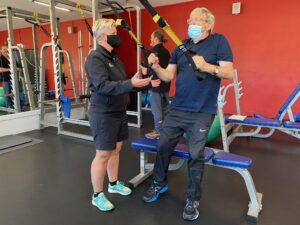
Group Exercise, Small Group Training and Personal Training – what’s the difference?
At Personal Best Fitness we offer you all 3 of these mediums to help you look, feel and function better. Recently, when some of our personal trainers have taught group exercise classes, we have had some questions and comments about why the class has been a different format, had different exercises or varied intensities.
If you read below this may help, explain to why some classes are taught in a different way or format.
Remember, ‘change is as good as a holiday’!
What is Group Exercise?
• This type of exercise involves instructors teaching and leading individual through in-person classes, usually more than 8 participants.
• Group exercise classes are designed for different fitness levels utilising a variety of equipment to teach many types of classes, from cardio based, indoor cycling to fit bar and forever Active.
• The class is pitched to the ‘middle’ and then some regressions and progressions of each exercise are offered where possible. The goal is fitness with fun!
• Classes and instructors vary from time to time so please check Facebook each Sunday for an updated timetable.
What is Small Group Training?
• This type of exercise expands the personal trainer’s role from strictly one on one to small group training by working with two or more people, but in a small group of less than 6 typically.
• The focus is on providing some personalised programming within the workout to cater for individual’s needs.
• As the group is smaller more attention can be given to technique and individual feedback.
And how is Personal Training different?
• Personal training is a specialised service which includes individual goal setting, fitness appraisal and exercise programming with a personal trainer in a one-on-one setting. Personal trainers provide exercise technique instruction, monitor progress, and progress your program based on your individual response to the program.
• It may include but not be limited to improving balance, co-ordination, functional strength, injury and exercise rehabilitation and cardio fitness to improve activities of daily living. Exercises are likely to reflect actual activities someone might do during the day.
• Personal training also caters for people with chronic health conditions such as cancer, diabetes, arthritis, joint replacement and the like.
• It enables you to gain the maximum benefits from the time that you have available.
If you would like to know more, please have a chat with one of our team.

 Timetable
Timetable 6234 5969
6234 5969
